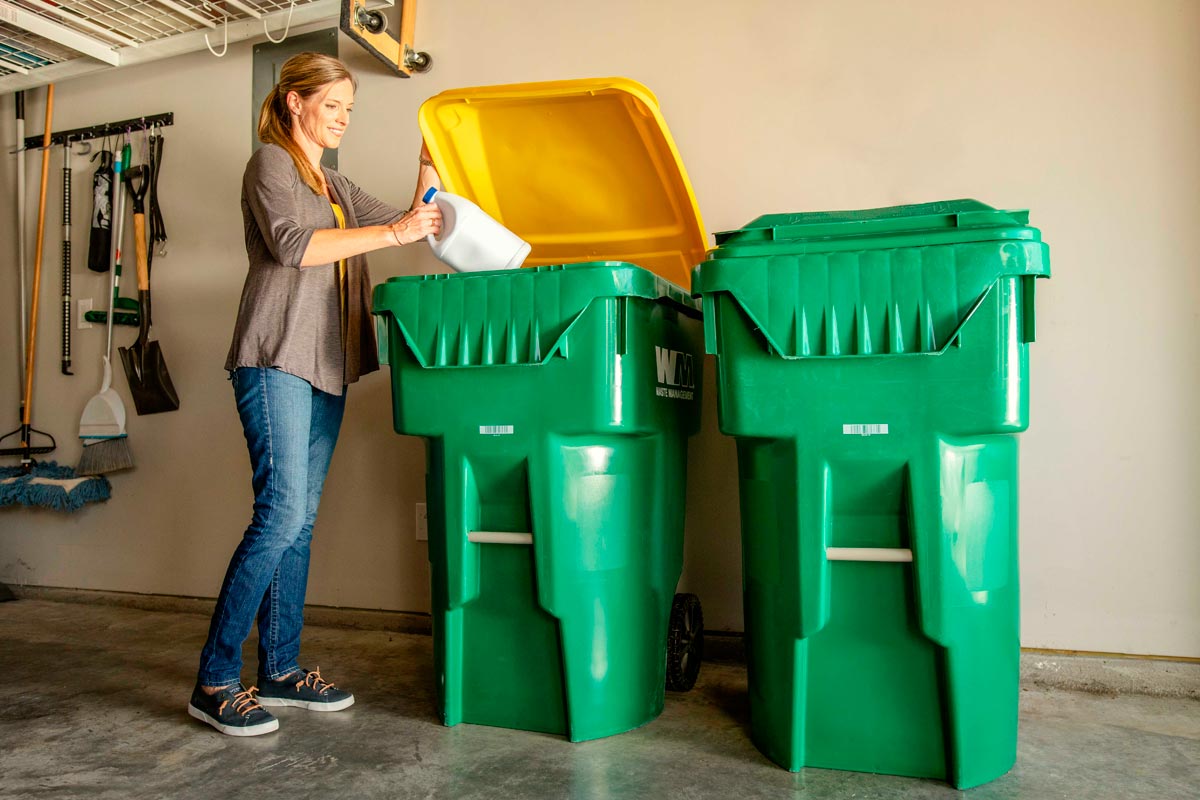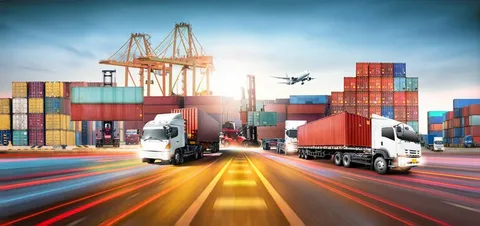Waste management is one of the most pressing concerns for communities worldwide. From residential neighborhoods to bustling commercial centers, the way we handle garbage affects not only the environment but also public health and urban aesthetics. A key element of this system, often overlooked, is the trash bin. While it may seem like just a container, a trash bin serves as the frontline defense against pollution, litter, and disorganization. By understanding its role, proper usage, and the innovations surrounding it, communities can take a big step toward sustainable living.
Why Trash Bins Matter More Than You Think
At first glance, a trash bin appears to be nothing more than a receptacle. However, it plays several critical roles:
Hygiene and Health Protection: Containing waste in bins prevents the spread of bacteria, foul odors, and pests such as rodents and insects.
Environmental Safeguarding: When waste is properly collected, it reduces the chances of soil and water contamination.
Urban Cleanliness: Trash bins keep public spaces tidy, reducing litter on streets, sidewalks, and parks.
Efficient Waste Collection: Organized storage makes it easier for collection companies to gather and transport garbage.
In short, trash bins serve as silent protectors of community health and order.
Types of Trash Bins and Their Purposes
Not all bins are created equal. Different settings require different designs, capacities, and materials. Here are some common categories:
1. Residential Trash Bins
These are typically smaller, ranging from 20 to 100 liters, designed for household waste. They may come with wheels for easy handling.
2. Commercial Trash Bins
Businesses produce higher volumes of waste. These bins are larger, often ranging from 120 to 360 liters, and are built for durability and frequent emptying.
3. Industrial Dumpsters
Factories, warehouses, and construction sites need heavy-duty bins that can hold large amounts of waste, sometimes exceeding 1000 liters.
4. Recycling Bins
Color-coded bins (blue for paper, green for glass, yellow for plastics, etc.) are designed to encourage proper segregation of recyclable materials.
5. Public Trash Bins
Found in parks, streets, and bus stations, these are designed for accessibility and quick disposal, ensuring that litter is minimized in shared spaces.
The Link Between Trash Bins and Recycling Success
Recycling programs around the world rely heavily on trash bins for their effectiveness. If bins are not clearly labeled, accessible, or strategically placed, people are less likely to dispose of items correctly. Some key factors that improve recycling success include:
Proper Placement: Recycling bins should be placed alongside general trash bins to encourage participation.
Clear Labeling: Signs, colors, and graphics help individuals easily distinguish between recyclable and non-recyclable waste.
Education: Public awareness campaigns highlight the importance of using recycling bins properly.
Without a reliable trash bin system, even the most ambitious recycling initiatives may fall short.
Innovations in Trash Bin Design
Modern technology has reshaped even the simplest household and commercial tools. Trash bins are no exception. Some recent innovations include:
Smart Trash Bins
Equipped with sensors, these bins can automatically open lids, detect when they are full, and even notify collection companies via mobile apps.
Odor-Control Systems
Advanced bins now include charcoal filters and sealing mechanisms to reduce foul smells in both residential and commercial environments.
Solar-Powered Compactors
Some public trash bins feature solar-powered compactors that compress waste, allowing them to hold five times more garbage before needing collection.
Eco-Friendly Materials
Manufacturers now produce bins from recycled plastics and metals, reducing the environmental footprint of the bins themselves.
Challenges in Trash Bin Usage
Despite their importance, trash bins are often underutilized or misused. Common challenges include:
Overflowing Bins: When bins are not emptied regularly, waste spills over, creating unsanitary conditions.
Improper Segregation: Many people throw recyclables into general bins, undermining sustainability efforts.
Theft and Vandalism: Public bins are sometimes stolen, burned, or vandalized, leading to increased costs for municipalities.
Placement Issues: Bins placed in inconvenient or hidden locations discourage people from using them.
Addressing these challenges requires coordinated efforts between governments, businesses, and residents.
Best Practices for Effective Trash Bin Management
To ensure trash bins serve their purpose effectively, communities can adopt several best practices:
1. Strategic Placement
Bins should be easily accessible, especially in high-traffic areas such as parks, shopping districts, and schools.
2. Regular Maintenance
Emptying bins frequently and cleaning them prevents overflow and odor issues.
3. Segregation Policies
Providing separate bins for recyclables, compostables, and general waste improves recycling rates and reduces landfill pressure.
4. Public Engagement
Encouraging residents and businesses to take responsibility for their trash fosters a culture of cleanliness.
5. Monitoring and Technology
Using smart bins or scheduled collection systems ensures efficiency and prevents waste accumulation.
Environmental Impact of Poor Trash Bin Management
When bins are mismanaged, the consequences ripple across ecosystems:
Pollution: Overflowing bins contribute to land and water pollution.
Wildlife Harm: Animals often scavenge open bins, leading to ingestion of plastics and other harmful materials.
Greenhouse Gas Emissions: Improper disposal of organic waste leads to methane release, a potent greenhouse gas.
Community Degradation: Littered streets and parks reduce the quality of life and may discourage tourism and investment.
These issues highlight why simple steps like using and maintaining a trash bin properly can have global environmental benefits.
The Role of Businesses in Trash Bin Management
Businesses, especially those in retail and hospitality, produce vast amounts of waste. Their responsibility goes beyond providing trash bins for customers and staff—they must also ensure proper disposal and recycling. Some ways businesses contribute include:
Installing large, clearly marked trash and recycling bins on premises.
Partnering with local waste management services for efficient collection.
Training employees on proper waste segregation.
Adopting zero-waste policies and reusing materials wherever possible.
By setting the standard, businesses can influence public behavior and strengthen community waste management efforts.
Future of Trash Bin Systems
As urban populations grow, the demand for effective waste management will increase. The future of trash bins likely includes:
Smart Cities Integration: Trash bins connected to municipal systems, sending real-time data on waste levels.
Increased Recycling Infrastructure: More specialized bins for electronics, hazardous waste, and compostable materials.
Circular Economy Approach: Bins designed not just for disposal but for collection of materials that can be repurposed and reintroduced into production cycles.
These advancements could transform waste management from a reactive process into a proactive system that benefits both people and the planet.
Conclusion
Though often overlooked, the humble trash bin plays a monumental role in sustaining public health, environmental cleanliness, and urban efficiency. From households to bustling cities, its presence ensures waste is contained, managed, and disposed of responsibly. With innovations like smart bins and eco-friendly materials, the future holds even greater potential for these essential tools.
Whether it’s through proper placement, community awareness, or embracing technological advancements, effective trash bin management is one of the simplest yet most impactful steps societies can take toward sustainability.



